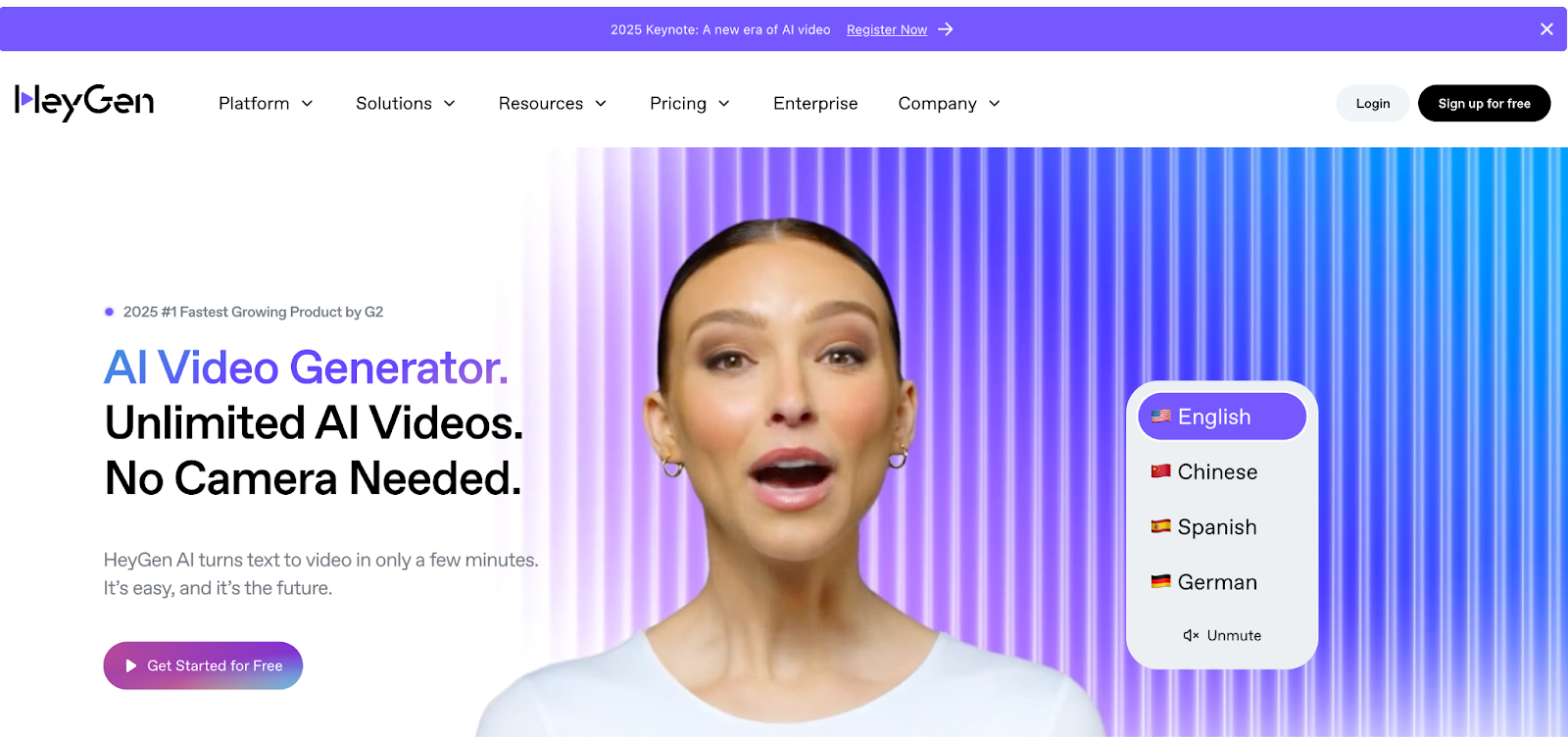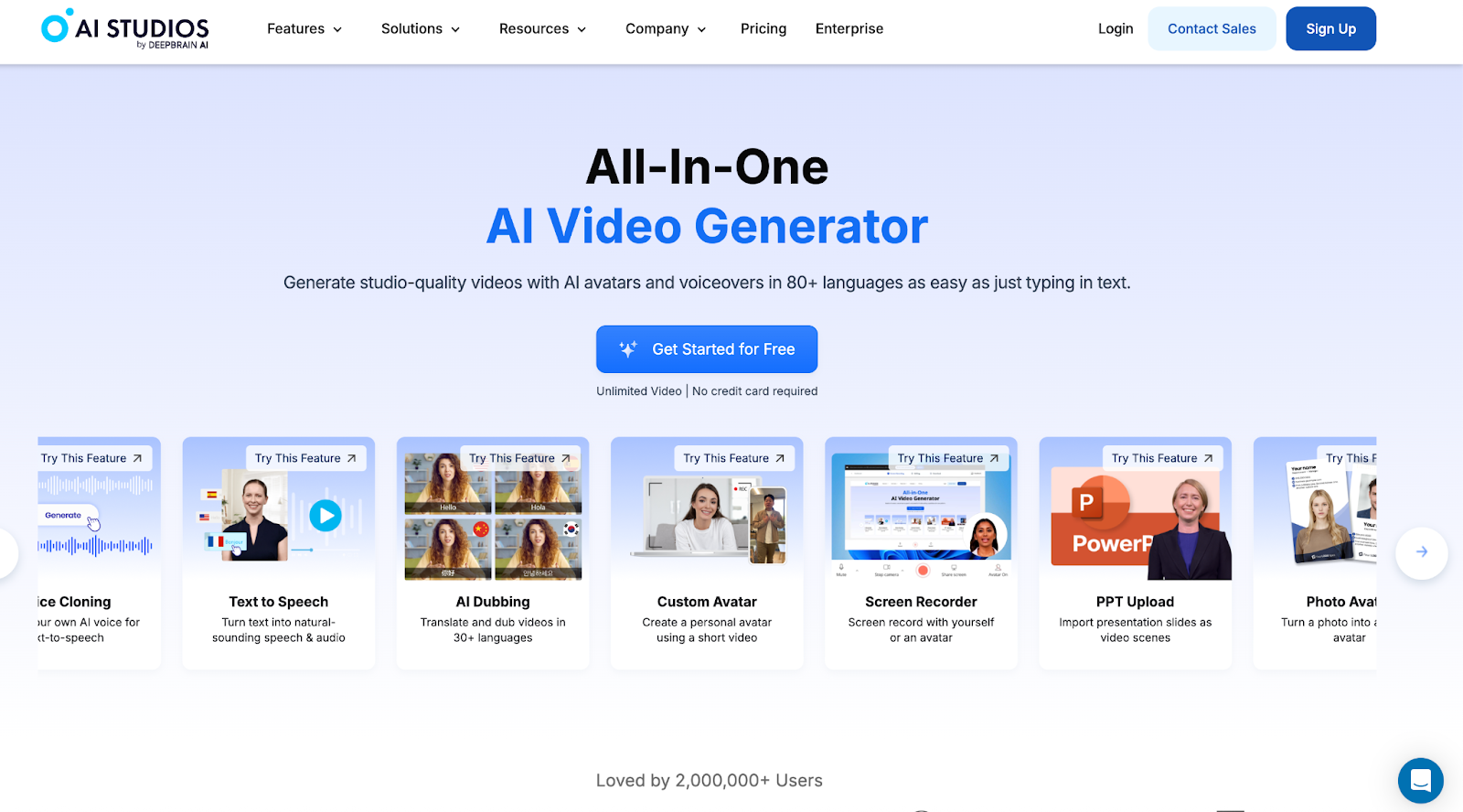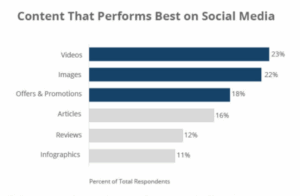I still remember the first time I bravely stepped in front of a digital video camera to film the real me for an online course. First came the epic quest for “the right equipment” — which basically meant I spent six hours Googling like I was building a NASA rover instead of a humble home studio.
Then came the lighting setup. My only goal was to not look like a washed-out ghost filmed by a 10-year-old during a lunch break on a shaky Nokia.
Next, I began the noble task of rearranging the family home to find a corner that screamed “professional studio” and not “guest bedroom slash ironing depot.”
I was searching for that magical trifecta: charisma, gravitas, and something that didn’t involve a laundry basket in the background.
And we haven’t even talked about makeup yet. Let’s just say I now understand why actors have entire teams with brush belts and contour maps. By the way, my partner is still looking for that laundry basket.
The truth, I’ve realised, is that in a world obsessed with video, some of us were born with faces for radio and nerves that unravel at the sound of “recording in progress.” Most people don’t even get started because video creation feels like climbing Mount Everest with a selfie stick.
But now, we live in the age of AI. It doesn’t sweat, blink too much, or ask “is my left side better?” It’s called an AI Avatar. And it might just save your sanity.
Why it matters
I started in the online world when blogs were on trend, text was king and videos that were worth watching happened on TV or cable.
Today, influencers can create and post videos every few minutes because they like the sound of their voice and look better in a bikini than I do. And they can do it with it without a camera crew, a room full of editors and a tech army.
Today if you don’t do video you look like you are stuck in the last century. The device that made that possible was the hardware that was carried in your pocket and the social media platforms that were designed for video. TikTok, Instagram and YouTube.
Trying to stand out in a noisy digital world needed video.
Now it needs your AI Avatar.
What Is an AI avatar?
AI avatars come in a few flavors but there are basically two types in 2025.
First, there is the synchronous or one way AI Video Avatar.
This is where most people start and one that can be fed lines of text and then it walks, talks and sounds like you. But you can’t ask it questions.
It can be trained with one 2 minute video uploaded after shooting it from above your waist with some simple hand movements on your smart phone. Within a few minutes your digital twin can be fed some lines of text that are either written by you in the old way. Using your mind and keyboard or it can be done the new way. Feed a prompt to ChatGPT and then feed that to your text ready Avatar.
Their general capabilities generally include: text-to-video, voice cloning, facial expressions, auto-translation, script generation.
Second, there is the “Interactive AI Avatar.”
This is an interactive AI avatar and is a visually animated character that engages with users conversationally, in real-time, using technologies like:
- Generative AI (e.g., GPT-4, Claude)
- Speech-to-text and text-to-speech (TTS)
- 3D rendering or video animation engines
- Emotion/gesture modeling and eye contact simulation
- Memory and personalization layers
Use cases include everything from customer service kiosks, virtual coaches, and AI influencers, to executive clones, teacher bots, and sales reps.
What makes it interactive?
Unlike a pre-recorded video or static chatbot, an interactive AI avatar can:
- Listen to a question
- Understand the context and intent
- Generate a dynamic response
- Speak back using realistic facial and voice animation
- Adjust based on tone, history, and conversation flow
Where does it get its answers?
Interactive AI avatars typically pull their responses from three key sources, powered by AI:
1. Large Language Models (LLMs)
This is the main “brain” behind the avatar. It generates human-like answers in real time.
- Examples: OpenAI’s GPT-4o, Anthropic Claude, Mistral, Meta LLaMA
- These models have been trained on massive datasets including books, websites, Wikipedia, technical documentation, and more.
Pros: General knowledge, fluent language
Cons: Doesn’t know your business or content without customization
2. Custom Knowledge Bases (RAG – Retrieval-Augmented Generation)
To make the avatar answer questions about your business, content, or products, developers connect it to a custom data source.
- Examples: PDFs, FAQs, websites, wikis, CRMs, Notion docs
- Via tools like LangChain, Pinecone, Weaviate, or OpenAI file search
Pro: Gives specific, accurate, up-to-date answers
Con: Requires setup and data curation
3. Memory & contextual history
Some avatars can remember past interactions and personalize future ones using:
- Short-term memory: For the current session
- Long-term memory: For building user profiles over time
- Personalization layers: Style, tone, preference, role awareness
Pros: Feels more human and tailored
Cons: Adds complexity, needs guardrails for privacy and ethics
There are quite a few more types including deep fakes (AI Avatars impersonating other people and usually in nefarious ways) that are starting to be banned by governments and then there are also Synthetic avatars that are developed and designed to be virtual influencers.
Going deeper
So let’s get “real”. Using an AI Avatar doesn’t mean that the physical you goes into hiding. But the benefits are many and include scaling your presence across platforms and time zones, providing consistency of message, style, and tone and they are great for camera-shy creators, busy founders, and global entrepreneurs.
But there is a catch as it is not all sunshine and lip-syncing.
- The uncanny valley is still real. Some avatars look almost human — just not quite.
- Authenticity matters. You still need real storytelling, even if the avatar tells it.
- Privacy and deepfake abuse are growing concerns. Guardrails are needed.
So, I did mention a term that is not well known outside the bubble of AI and robotics. The Uncanny Valley and it isn’t located amongst the mountains of Transylvania or near Silicon Valley, but maybe it should be.
It refers to the eerie or unsettling feeling people experience when a human-like robot, avatar, or animation looks almost—but not quite—real.
As artificial representations of humans become more lifelike, our emotional response becomes more positive—until they get too close to real, but still not perfect. At that point, the slight imperfections (in facial expressions, eye movement, or timing) trigger discomfort or creepiness.
This dip in emotional response is the “valley.” Once the likeness becomes fully human, the discomfort fades. Designers and AI avatar creators must carefully balance realism to avoid falling into this psychological dead zone.
AI avatar tools and platforms
There are many emerging AI Avatar platforms and here are three to consider. I am currently using HeyGen which creates very realistic AI avatars that I use as my digital twin but the user interface and ease of use needs more work. In essence it needs some UX optimizing.
1: Synthesia


Synthesia is a leading AI video generation platform that allows users to create realistic AI avatars for professional video content without cameras, actors, or studios.
Features include:
- 160+ diverse avatars (and custom avatar creation)
- 130+ language support with auto voice sync
- Custom scripts to generate talking head videos
- API access for large-scale integrations
- PowerPoint-style editor for ease of use
2: HeyGen

HeyGen is an AI avatar platform focused on personalized video messaging, with powerful face-swapping and voice cloning tools for business storytelling and marketing.
Features include:
- Custom AI avatars from your face and voice
- Face swap with any avatar in videos
- Templates for sales outreach, onboarding, and product demos
- One-click translations and dubbing
3: AI Studios


DeepBrain AI specializes in creating ultra-realistic digital humans and AI newscasters for media, banking, and customer-facing roles.
Features include:
- Hyper-realistic avatars modeled after real people (AI Humans)
- AI Studios for news broadcasts, banking assistants, and CX
- Text-to-speech, lip-syncing, and script integration
- Works in real-time and can be deployed as kiosk avatars
What I have listed as the features today for those platforms are rapidly evolving. And what they provide next week could be quite different. As the AI revolution proceeds at light speed the competition for market share and technology advantage the changes are rapid. It is a tech and market share arms race.
By the numbers
Here are some market size and growth projections that provide some context about where we are in 2025 with the evolution and development of AI avatars..
AI avatars & digital humans
- Market Size: The global AI avatar market is projected to grow from USD 0.80 billion in 2025 to USD 5.93 billion by 2032, reflecting a compound annual growth rate (CAGR) of 33.1%. LinkedIn
- Digital Human Market: Valued at USD 6.4 billion in 2023, it’s expected to reach USD 77.6 billion by 2032, with a CAGR of 32%. Dataintelo
Digital twins
- Market Size: The global digital twin market is anticipated to expand from USD 29.06 billion in 2025 to USD 99.2 billion by 2029, at a CAGR of 35.9%. StartUs Insights and The Business Research Company
- Long-Term Forecast: Projections indicate growth from USD 15.7 billion in 2024 to USD 778.4 billion by 2035, representing a CAGR of 42.6%. Metatech Insights
Regional insights
- North America: Leading the digital twin market, North America is forecasted to surpass USD 46 billion by 2031, driven by the integration of AI, AR, VR, and other advanced technologies. GlobeNewswire
- Asia-Pacific: Experiencing rapid adoption, the digital twin market in this region is projected to grow from USD 6.79 billion in 2024 to USD 167.48 billion by 2034, with a CAGR of 37.79%. Precedence Research
10 creative ways to use your AI avatar to build thought leadership
Here are 10 creative ways to use your AI avatar to amplify your presence, spread your ideas, and build authority—without burning out.
- Create educational micro-content for social media
Use your avatar to deliver short lessons or insights on LinkedIn, TikTok, Instagram Reels, or YouTube Shorts. - Launch a virtual weekly show or series
Host a “Thought Leader Thursday” or “AI Insights Weekly” using your avatar as the anchor. - Repurpose blog posts into video summaries
Turn written content into engaging videos narrated by your avatar to reach video-first audiences. - Host a virtual webinar or masterclass without being live
Use your avatar to deliver keynote presentations or onboarding sessions 24/7. - Create a multilingual thought leadership series
Translate your avatar’s voice and video into multiple languages to reach global audiences. - Embed avatar-powered explainers on your website
Place your avatar on landing pages, explaining your mission, story, or product. - Develop an interactive AI mentor or coach
Build an AI-powered companion of yourself to answer FAQs, offer guidance, or simulate mentoring sessions. - Launch an avatar-based YouTube channel
Post regular AI-hosted videos covering trends, insights, or reactions to industry news. - Create personalized video responses for networking or PR
Send AI avatar messages to podcast hosts, journalists, or influencers as attention-grabbing intros. - Build a thought leadership library
Turn your best ideas, frameworks, and articles into an evergreen avatar-led video archive.
Ethical and strategic considerations
As AI becomes embedded in our lives and widespread there are many ethical and societal issues to consider and we have never had to address these before. Because just like social media was embraced with enthusiasm, we have come to realize that there are some big negatives.
These include attention addiction to our phones that steals over 7 hours a day from our time, doom scrolling, online bullying, mental health and polarisation of society and invasion of privacy have become very real and obvious and top of mind twenty years after we gave social media a big hug.
The AI Avatar has its own challenges and we are just at the embryonic stages. These are and not limited to:
- Authenticity vs. automation: How to retain your voice and values while scaling your personal brand online
- Disclosure and transparency about what is real and what is an Avatar
- Data ownership, likeness rights, and platform policies. What if you want your Avatar back and move it to another platform. Can you own your Avatar
The challenge is that we have a spectrum of ideas from the transhumanists of Silicon Valley that want it to be unfettered and let AI run wild and free vs Luddites that want to keep things as they are. The tension also lies between maximising revenue with a maximalist capitalist approach vs controlling its development for the good of society.
Final thoughts
The goals of AI Avatars are many from scaling your personal brand and sharing your thought leadership 24/7 while you sleep to maybe even exploring the different personas that lie within all of us. You can program an Avatar to be serious, funny and skeptical.
The future could include having the digital twin of you, your AI Avatar and the real physical you working together and co-evolving. The digital twin doing the boring and repetitive tasks and the physical you exploring what it is like to be fully human. And leaning into nourishing relationships and connections, creating based on your purpose, bliss and fascinations and curiosity and exploring the planet and nature.
As humans we are unique and at this time in history and human evolution the machine is asking big questions. What does it mean to be human?
Keep being curious.









